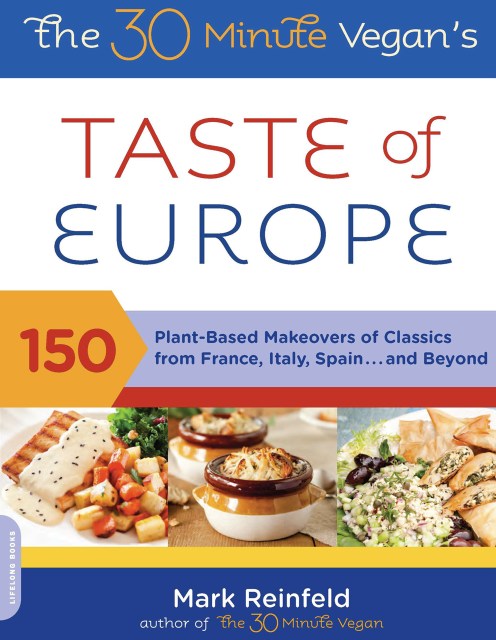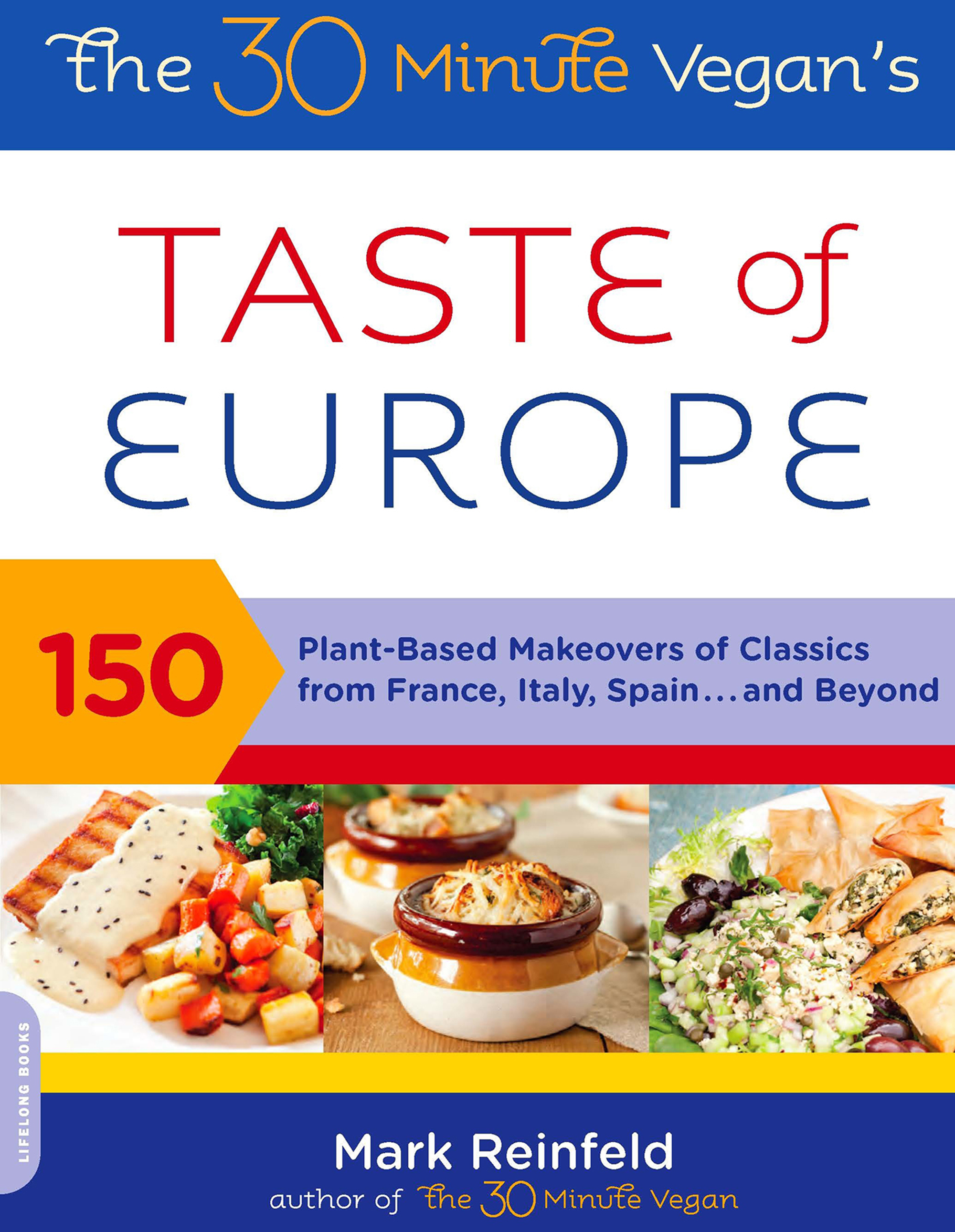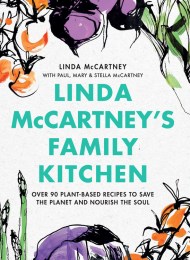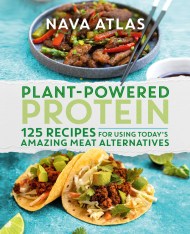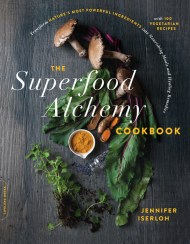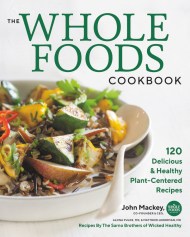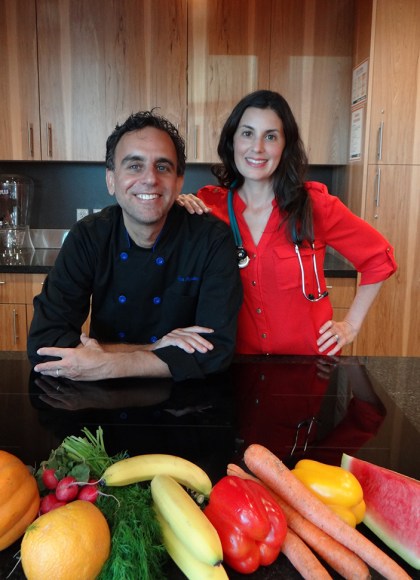Promotion
Use code MOM24 for 20% off site wide + free shipping over $45
The 30-Minute Vegan's Taste of Europe
150 Plant-Based Makeovers of Classics from France, Italy, Spain . . . and Beyond
Contributors
Formats and Prices
Price
$12.99Price
$16.99 CADFormat
Format:
- ebook $12.99 $16.99 CAD
- Trade Paperback $18.99 $23.99 CAD
This item is a preorder. Your payment method will be charged immediately, and the product is expected to ship on or around September 4, 2012. This date is subject to change due to shipping delays beyond our control.
Also available from:
A Culinary Tour de Force of Europe’s Most Treasured Dishes
Are you looking for delicious and healthy cuisine that can fit into your busy lifestyle? Do you long for the robust flavors of Italy, France, Spain, or Greece but haven’t found tasty animal-free recipes? Look no further! The 30-Minute Vegan is where the Joie de vivre meets la dolce vita to satisfy even the most discriminating palates. Award-winning author and chef Mark Reinfeld tackles the meaty fare that is European cuisine, offering inspired plant-based versions of everything from manicotti to French onion soup, moussaka to “notwurst.” Including key pantry ingredients (with a special section on herbs), raw and gluten-free options (virtually all of the recipes are gluten-free), and suggestions for wine and beer pairings, Taste of Europe is a revolutionary cookbook that will help you to recreate all of your favorite classic European dishes in 30 minutes or less.
The book consists of seven sections:
1. Italy with recipes including Fire Roasted Minestrone, Fettucini Alfredo, Tofu Scallopini, Gnocci, Manicotti, and Vegan Gelato.
2. Francewith recipes including French Onion Soup, Quiche Monet, Seitan Bourguignon, and Chocolate Hazelnut Crepes.
3. Spain and Portugal with recipes including Gazpacho, Empanadas, Artichoke Heart and Saffron Paella, Tempeh Romesco, Almond Brittle, and Horchatta.
4. United Kingdom and Ireland with recipes including Irish Stew, Scottish Crumpets, Yorkshire Pudding, Vegetable Pot Pie and Currant Scones.
5. Greece with recipes including Stuffed Grape Leaves, Tzatziki, Moussaka, Spanikopita, and Baklava.
6. Germany with recipes including Beer Soup, Vegan Schnitzel, Tempeh Sauerbraten, Apple Strudel, and Black Forest Parfait.
7. Europe Fusion with an assortment of recipes from Poland, Iceland, Hungary, Romania, Finland, Czechoslovakia, Switzerland and more!
Genre:
- On Sale
- Sep 4, 2012
- Page Count
- 352 pages
- Publisher
- Da Capo Lifelong Books
- ISBN-13
- 9780738216164
Newsletter Signup
By clicking ‘Sign Up,’ I acknowledge that I have read and agree to Hachette Book Group’s Privacy Policy and Terms of Use
